The BFD-1000 5-Channel IR Line Tracking Sensor Module is a highly accurate and reliable infrared line detection sensor designed for robotic line-following applications. It features five independent infrared (IR) sensors arranged in a linear array, allowing a robot to accurately detect and follow black or white lines on various surfaces. The module provides high-speed, real-time response and excellent performance under different lighting conditions, making it ideal for robotics, automation, and DIY electronic projects.
This sensor is widely used in Arduino, Raspberry Pi, and other microcontroller-based robots, where precise line tracking and path detection are required. Its adjustable sensitivity, digital output, and compact design make it suitable for both beginners and advanced robotic enthusiasts.
Features:
- 5-channel IR sensor array for precise line tracking and edge detection
- High accuracy and fast response time for smooth path following
- Adjustable sensitivity using onboard potentiometer
- Detects black lines on white surfaces or white lines on black surfaces
- Each channel provides a digital output signal (LOW for black, HIGH for white)
- Onboard power indicator LED and status LEDs for each channel
- Compatible with Arduino, Raspberry Pi, and other microcontrollers
- Stable performance under ambient light variations
- 3-pin output interface for each sensor channel
- Compact, lightweight, and easy to mount on robotic platforms
Technical Specifications:
- Operating Voltage: 3.3V – 5V DC
- Number of Channels: 5 (infrared sensors)
- Output Type: Digital (HIGH/LOW)
- Detection Distance: 1mm – 25mm (adjustable)
- Response Time: < 1ms
- Dimensions: 90mm × 20mm × 10mm (approx.)
- Weight: 15g (approx.)
- Mounting Holes: Provided for easy installation
How It Works:
Each sensor in the BFD-1000 array emits infrared light and detects the reflected light from the surface beneath it.
- When the sensor is over a white surface, most of the light is reflected, and the output signal is HIGH.
- When it is over a black line, light absorption occurs, and the output signal becomes LOW.
By monitoring the outputs of all five sensors, a microcontroller can determine the robot’s position relative to the line and adjust the motors accordingly for accurate tracking.
Applications:
- Line following robots
- Edge detection systems
- Path tracking in automation systems
- Maze solving robots
- Industrial sorting and navigation robots
- DIY robotics and educational projects

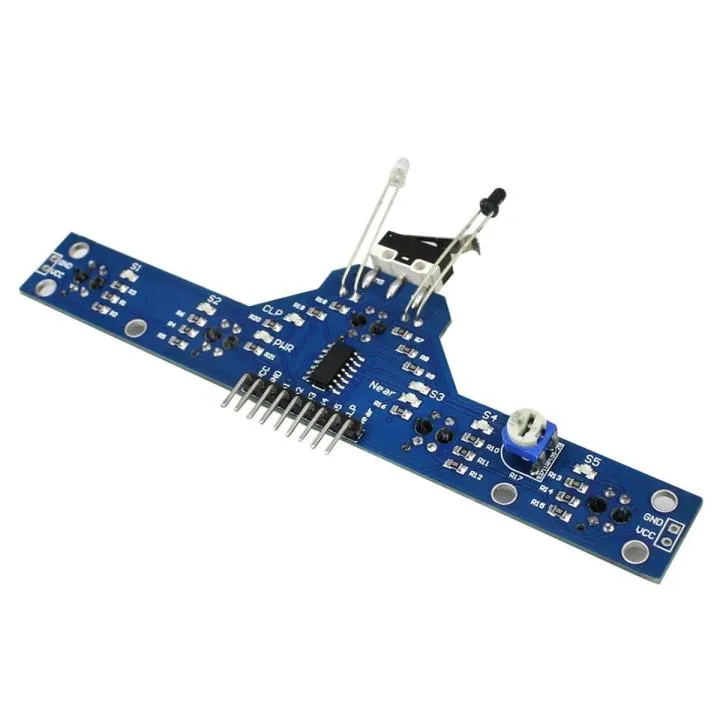
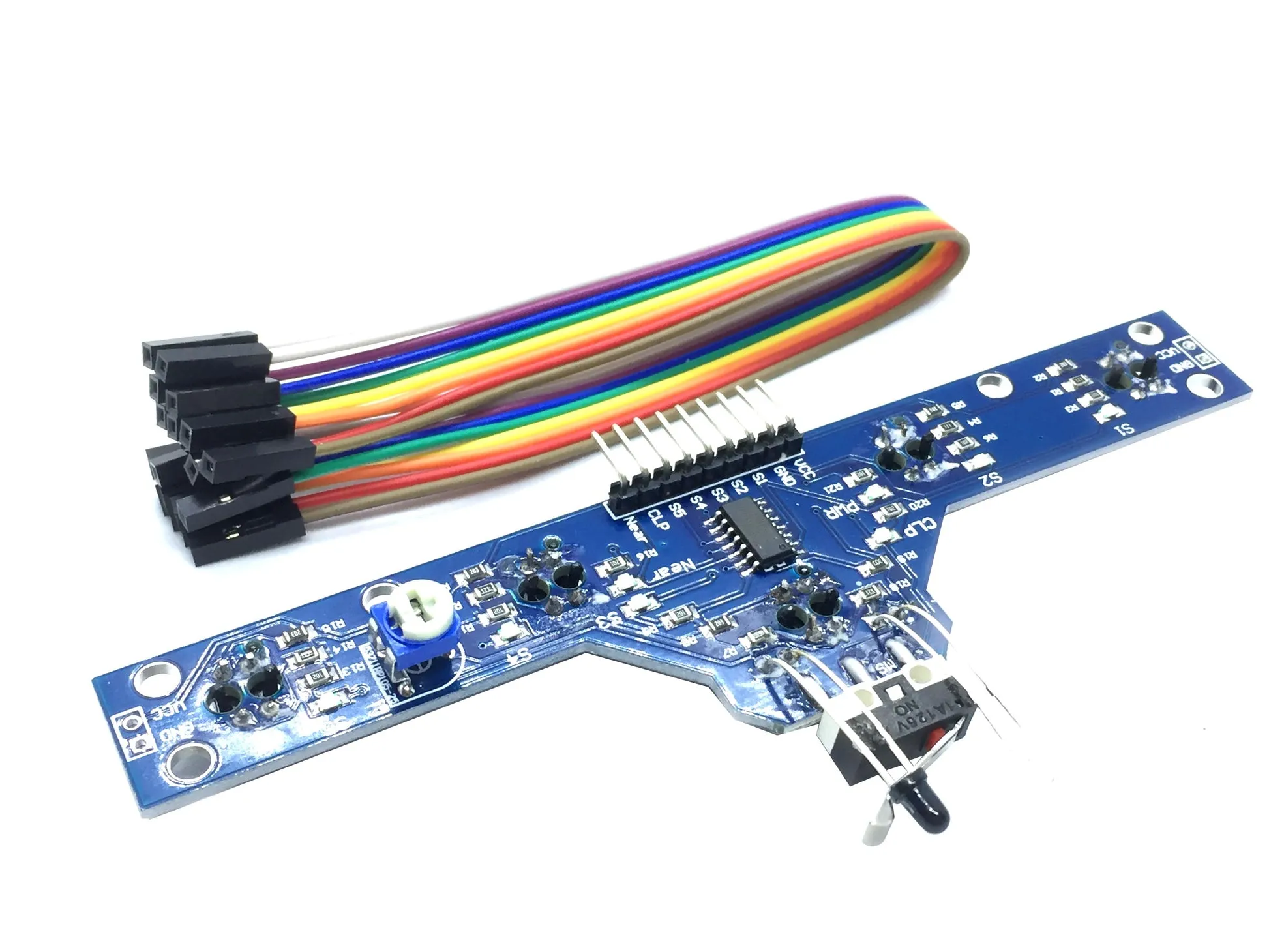

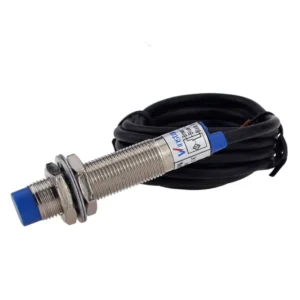
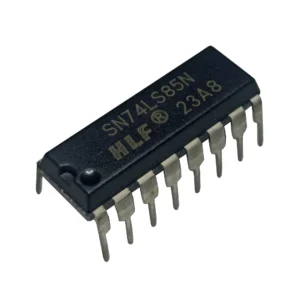
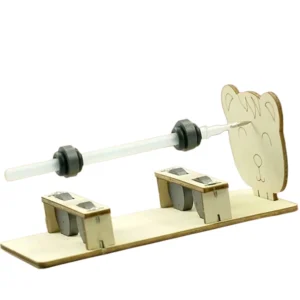
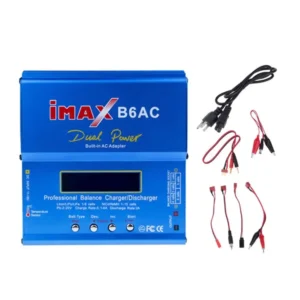
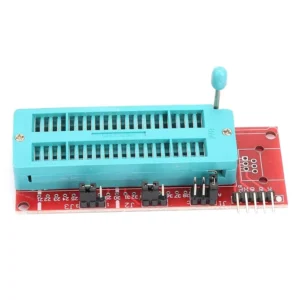
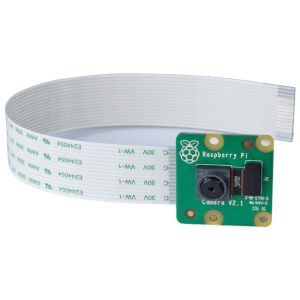
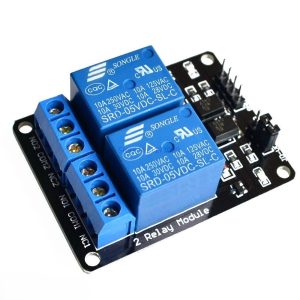
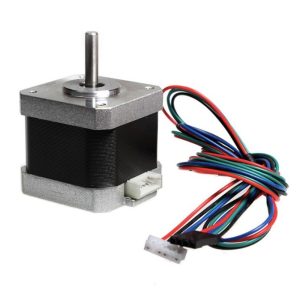
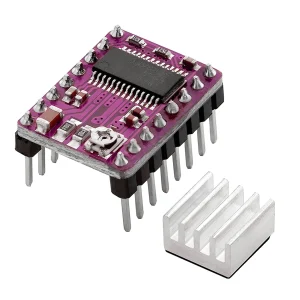
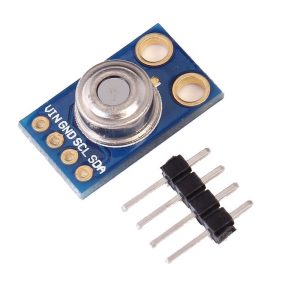

Reviews
There are no reviews yet